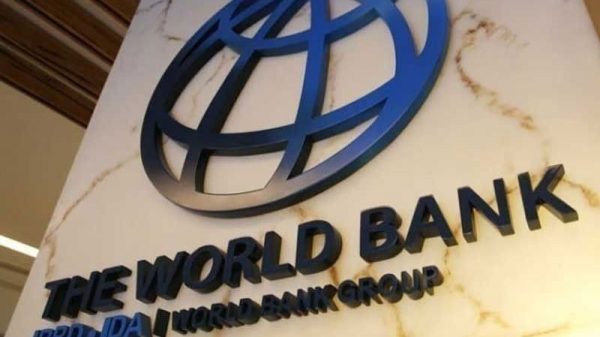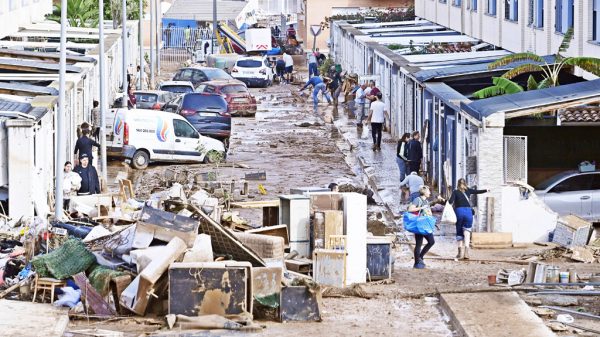Global economy heads for a sharp slowdown, Bangladesh to grow at 6.4%: WB

Shawdesh dEsk:
Global economic growth will dip sharply from 5.5% in 2021 to 4.1% in 2022 and 3.2% in 2023, even as Bangladesh’s annual growth is projected to be 6.4% in the current fiscal year and 6.9% in 2022-23, according to the World Bank’s Global Economic Prospects Report, released on Tuesday.
Neighbouring India’s economic growth is expected to be 8.3% in the current financial year and 8.7% in 2022-23, the report said.
Pakistan’s economy will grow by 3.4% in the current fiscal and at 4% in 2022-23, the report added.
After having recovered in 2021, the global economy is headed towards a “pronounced slowdown”, due to the new variants of Covid-19; a rise in inflation, debt and income inequality; the winding down of fiscal and monetary support; and the fading of pent-up demand – all of which have eroded recovery prospects in emerging and developing economies in particular.
“The rapid spread of the Omicron variant indicates that the pandemic will likely continue to disrupt economic activity in the near term. In addition, a notable deceleration in major economies — including the United States and China — will weigh on external demand in emerging and developing economies. At a time when governments in many developing economies lack the policy space to support activity if needed, new Covid-19 outbreaks, persistent supply-chain bottlenecks and inflationary pressures, and elevated financial vulnerabilities in large swaths of the world could increase the risk of a hard landing,” said the report.
The World Bank report flags risks specific to South Asia – the emergence of Omicron could hinder economic activity with mobility restrictions and lower external demand; upward price pressures could lead to inflation expectations becoming unanchored, “worsening domestic financing conditions, eroding real incomes and weakening the financial sector”; and, with an increase in climate risks, the region remains vulnerable to climate-induced increases in poverty, disease, child mortality and food prices.
Inequality, between and within countries, and inflation, both in the advanced and emerging economies, will complicate recovery.
The report points to the possibility of a sharp divergence in growth prospects in advanced economies and emerging economies – by 2023, all advanced economies will have achieved a full output recovery; yet output in emerging and developing economies will remain 4% below pre-pandemic trends.
“The pandemic has raised global income inequality, partly reversing the decline that was achieved over the previous two decades. It has also increased inequality in many other spheres of human activity — in the availability of vaccines; in economic growth; in access to education and health care; and in the scale of job and income losses, which have been higher for women and low-skilled and informal workers. This trend has the potential to leave lasting scars: for example, losses to human capital caused by disruptions in education can spill over across generations,” said the report.























Leave a Reply